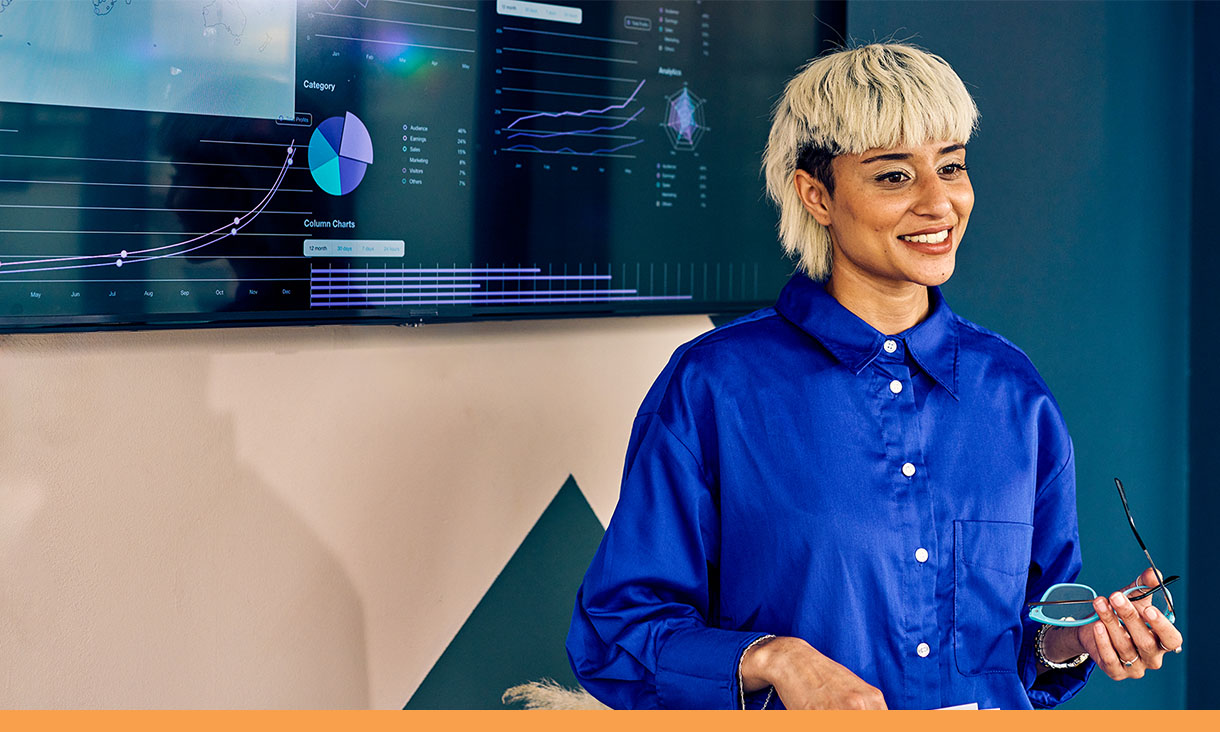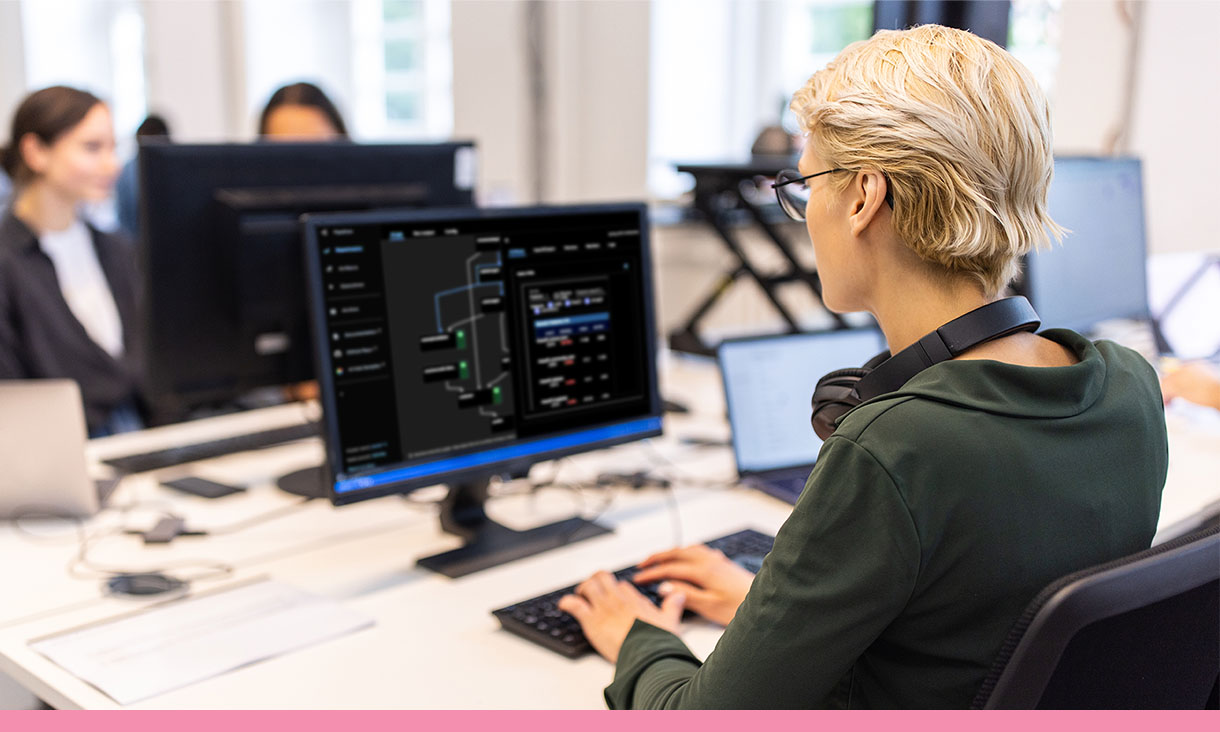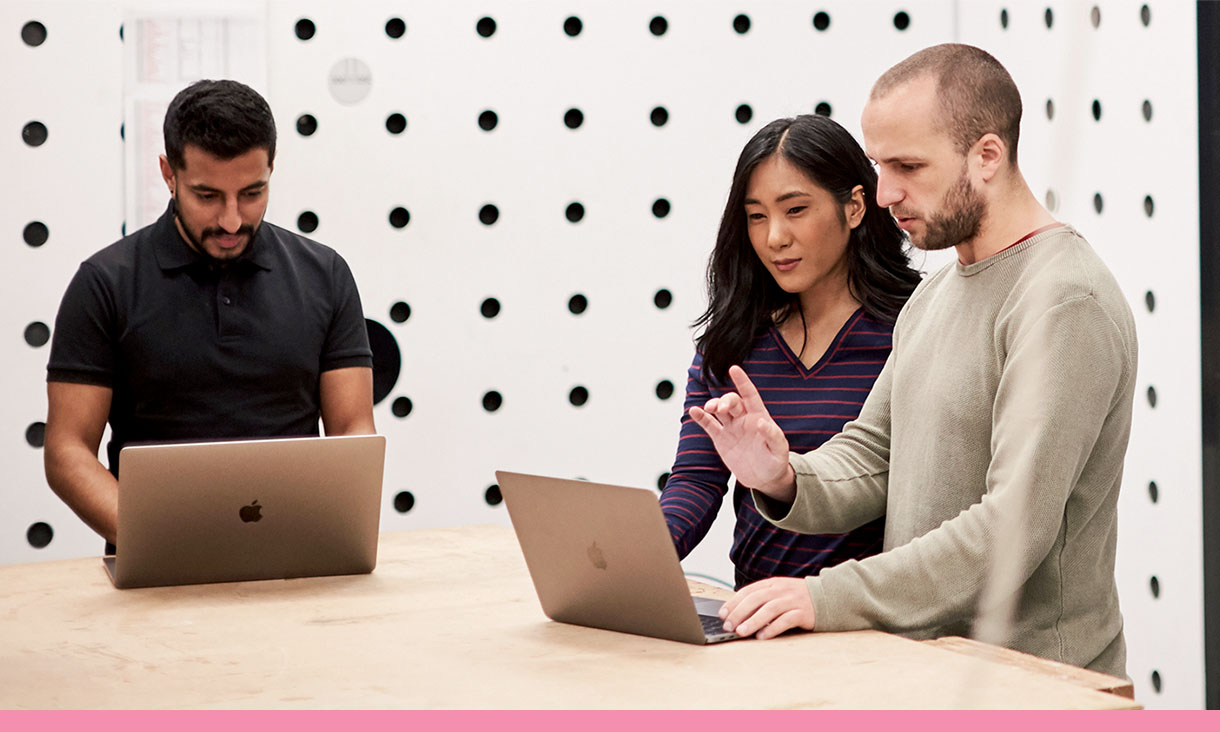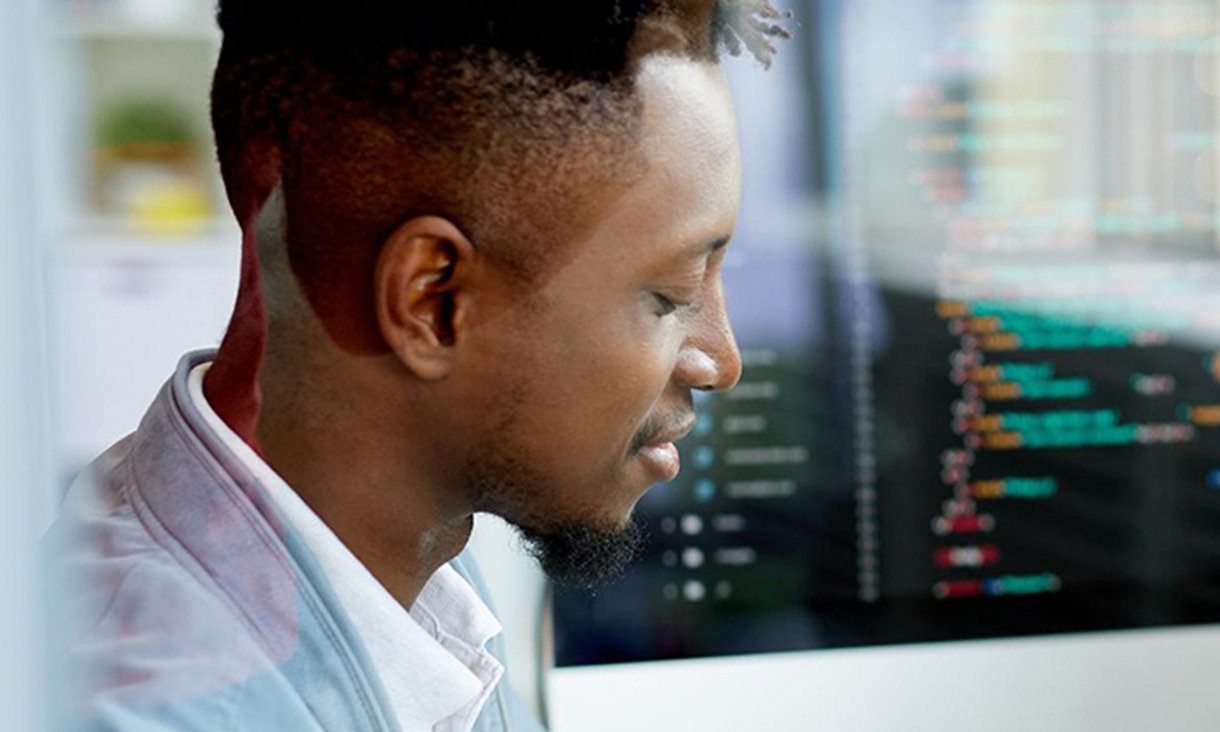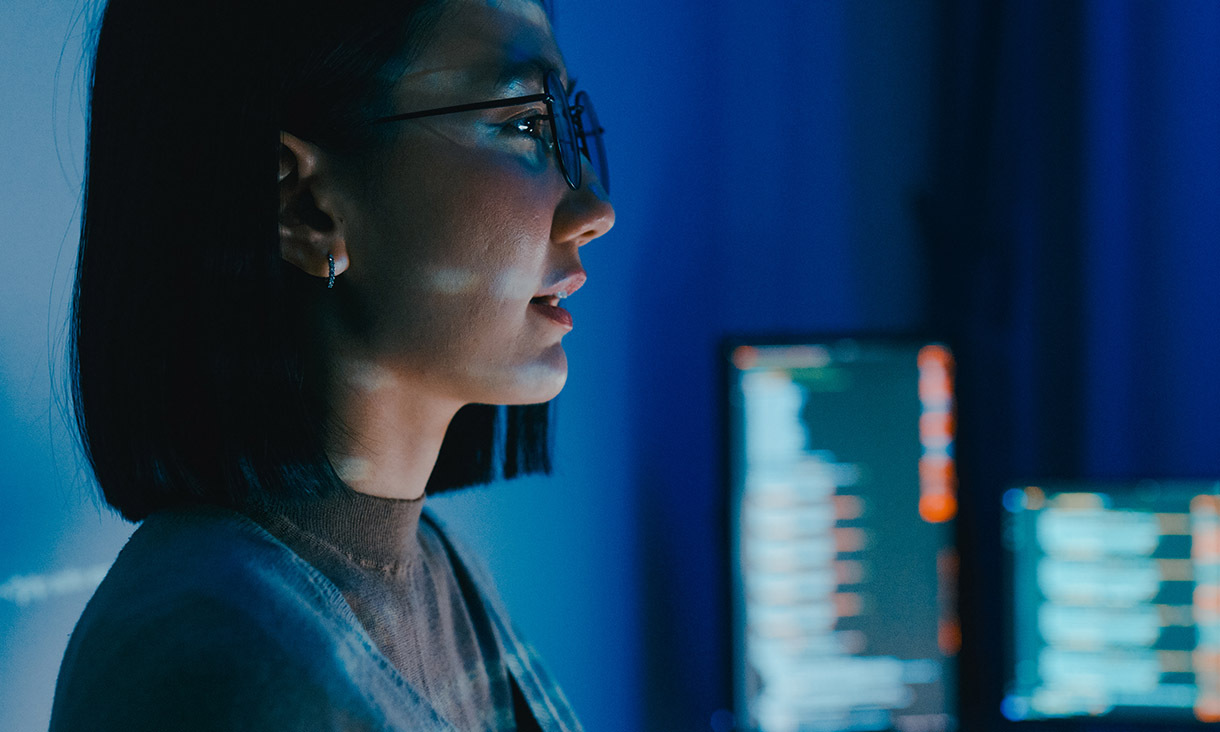Master of Business Analytics and AI Strategy
Become a business professional with the technical credibility to bridge the gap between data, analytics AI and business to drive better business solutions.
AI Programming with Python
Learn the foundations of artificial intelligence programming and equip yourself with the capabilities and knowledge to build your own application using Python. Delivered to you in partnership with Udacity.
AI Product Manager
Transform theory into practice with our hands-on approach to AI product management. From concept to execution, gain insights, practical experience, and strategic know-how to drive impactful initiatives in the evolving digital landscape of AI product management.
Artificial Intelligence in Marketing
Gain a comprehensive understanding of the AI technology stack, adapt your skills and learn to automate campaign optimisation with AI. You’ll also learn to enhance customer interactions using chatbots.


